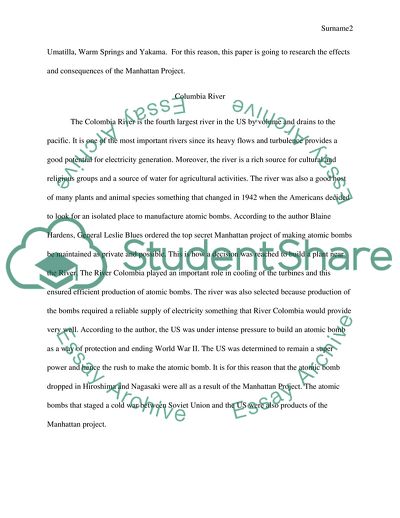Cite this document
(A River Lost by Blaine Harden Article Example | Topics and Well Written Essays - 1750 words - 1, n.d.)
A River Lost by Blaine Harden Article Example | Topics and Well Written Essays - 1750 words - 1. https://studentshare.org/history/1815392-research-paper-on-the-book-a-river-lost-by-blaine-harden
A River Lost by Blaine Harden Article Example | Topics and Well Written Essays - 1750 words - 1. https://studentshare.org/history/1815392-research-paper-on-the-book-a-river-lost-by-blaine-harden
(A River Lost by Blaine Harden Article Example | Topics and Well Written Essays - 1750 Words - 1)
A River Lost by Blaine Harden Article Example | Topics and Well Written Essays - 1750 Words - 1. https://studentshare.org/history/1815392-research-paper-on-the-book-a-river-lost-by-blaine-harden.
A River Lost by Blaine Harden Article Example | Topics and Well Written Essays - 1750 Words - 1. https://studentshare.org/history/1815392-research-paper-on-the-book-a-river-lost-by-blaine-harden.
“A River Lost by Blaine Harden Article Example | Topics and Well Written Essays - 1750 Words - 1”. https://studentshare.org/history/1815392-research-paper-on-the-book-a-river-lost-by-blaine-harden.


